Mastering the art of coffee roasting can be a delightful journey for both beginners and seasoned aficionados. If you’ve ever wondered how to elevate your coffee experience, understanding the roasting process is key. From selecting the right beans to perfecting your roasting technique, the world of coffee is rich with flavor and aroma waiting to be explored.
In this guide, we’ll walk you through the essentials of coffee roasting, helping you unlock the secrets of achieving that perfect cup. Whether you’re aiming for a light, fruity brew or a dark, bold flavor, knowing how to roast your beans will profoundly enhance your coffee enjoyment. Plus, roasting at home can be a fun and rewarding experience that brings a personal touch to your daily ritual.
Choosing the right beans is just as important as mastering the roasting process. With a myriad of options available, understanding the different types of coffee beans and their flavor profiles will empower you to make informed decisions. We’ll dive into what to look for when selecting beans and how to ensure they are fresh and full of flavor.
Finally, we’ll cover the best storage methods for your roasted coffee beans, so you can keep them fresh and flavorful for as long as possible. With the right knowledge and tools, you’ll be able to enjoy your homemade coffee just the way you like it, day after day.
- Discover the basics of coffee roasting and its impact on flavor.
- Learn how to select the perfect coffee beans for your taste.
- Find out the best storage methods to keep your roasted beans fresh.
What is Coffee Roasting?
Basic Roasting Process
Coffee roasting is the transformative process that takes green coffee beans and turns them into the aromatic, flavorful beans we all love. It’s not just about applying heat; it’s about creating a complex dance of chemical reactions that develop the beans’ flavors and aromas. The roasting process typically involves several stages, including drying, browning, and the final roasting phase. Each stage contributes to the ultimate taste profile.
As beans roast, they undergo significant changes. They expand, turn brown, and start to emit oils, which are crucial for flavor. It’s fascinating to think about how the duration and temperature of roasting can dramatically affect the final cup. For instance, a shorter roast at lower temperatures often results in a more acidic, fruity flavor, while a longer roast at higher temperatures produces a bolder, more robust taste. Understanding these stages can help you control the outcome of your coffee, making each cup a personal masterpiece.
- Roasting transforms green beans into flavorful coffee.
- The stages of roasting include drying, browning, and final roasting.
- Each stage affects the flavor and aroma of the coffee.
Types and Characteristics of Roasting
When it comes to coffee roasting, there are various styles, each yielding distinct flavor profiles. Light roasts are often characterized by their bright acidity and floral notes, making them perfect for those who enjoy a more delicate coffee experience. On the other hand, medium roasts strike a balance between acidity and body, offering a more rounded flavor. These are often the go-to for many coffee drinkers.
Dark roasts, notorious for their boldness, bring out rich, smoky flavors that some coffee enthusiasts adore. However, it’s important to remember that the roasting level can also diminish certain nuances in the beans’ natural flavors. This is why understanding your own taste preferences and experimenting with different roasts can lead to a deeper appreciation for coffee.
Additionally, the roasting method plays a significant role in flavor development. Whether using a traditional drum roaster or a more modern air roaster, each method imparts unique characteristics to the final product. By exploring these different roasting techniques, you can discover which methods resonate best with your personal coffee journey.

If you’re intrigued by the nuances of coffee roasting and want to take your coffee experience to the next level, you might find it beneficial to explore the article titled Enjoy Decaf Coffee to the Fullest: Methods and Recommended Beans. It delves into brewing methods and bean selections, offering insights that can enhance your understanding of flavor profiles and the overall coffee journey.
- Light roasts highlight acidity and floral notes.
- Medium roasts provide a balanced flavor profile.
- Dark roasts deliver bold, smoky flavors.
- The roasting method significantly impacts the final taste.
How to Roast Coffee at Home
Necessary Tools and Ingredients
Roasting coffee at home can be a fun and fulfilling experience, especially when you have the right tools and ingredients at your disposal. It’s not as complicated as it sounds, and with a few essential items, you can create your own unique blends right in your kitchen. First and foremost, you’ll need green coffee beans. These can be sourced from local roasters or online, and selecting high-quality beans is crucial for the best results.
In addition to the beans, you’ll need a roasting device. There are several options available, such as a stovetop popcorn popper, an air roaster, or even a dedicated coffee roasting machine. Each method has its unique advantages, so it’s worth exploring what works best for you. Don’t forget to have a thermometer on hand to monitor temperatures, as well as a colander or bowl for cooling the beans once they’re roasted.
- Green coffee beans
- Roasting device (popcorn popper, air roaster, etc.)
- Thermometer for temperature control
- Colander or bowl for cooling
Simple Roasting Steps
Once you have your tools and ingredients ready, it’s time to dive into the roasting process. Start by measuring out the amount of green coffee beans you want to roast. A good rule of thumb is to start with about half a cup, which should yield enough for a few brews. Next, prepare your roasting device according to its instructions, ensuring it’s clean and ready for use.
As you begin roasting, keep a close eye on the beans. The process typically takes around 10 to 15 minutes, depending on your method and desired roast level. You’ll notice the beans changing color and emitting a delightful aroma as they transform. Listen for the “first crack,” which indicates that the beans are reaching a light roast, and the “second crack” for a darker roast. Remember, timing is key, so don’t wander too far from the roasting station!
Once the beans have reached your preferred roast level, it’s crucial to cool them down quickly to halt the roasting process. Transfer them to a colander or bowl and stir them gently while allowing air to circulate. This step helps preserve the flavors you’ve worked hard to develop. After they’ve cooled, store your roasted beans in an airtight container to maintain their freshness.
By following these simple steps, you’ll be well on your way to enjoying freshly roasted coffee tailored to your taste. As you gain confidence and experience, consider experimenting with different beans and roasting times to discover new flavor profiles that excite your palate.

If you’re intrigued by the process of roasting your own coffee, you might also enjoy exploring the art of brewing. Check out the article The Ultimate Guide to Drip Coffee Brewing for Beginners! for essential tips on selecting beans, brewing methods, and tricks to elevate your coffee experience, making your home brewing journey even more fulfilling.
- Measure half a cup of green coffee beans.
- Monitor the roasting process closely for color and aroma changes.
- Cool the beans quickly in a colander or bowl.
- Store in an airtight container for freshness.
How to Choose Coffee Beans
Types of Beans and Flavor Differences
When it comes to coffee, selecting the right beans plays a significant role in determining the flavor of your brew. There are four primary types of coffee beans: Arabica, Robusta, Liberica, and Excelsa. Arabica beans are often regarded as the highest quality, known for their smooth, sweet taste and complex flavors. They tend to have a higher acidity, which can result in fruity and floral notes.
On the other hand, Robusta beans are stronger and have a more bitter taste. They contain more caffeine and are often used in espresso blends for added body and crema. Liberica and Excelsa beans are less common but can offer unique flavor profiles, such as fruity and floral notes, making them an interesting choice for adventurous coffee drinkers.
Understanding these differences can help you navigate the vast world of coffee beans and find the right ones that suit your palate. Whether you prefer the delicate nuances of Arabica or the boldness of Robusta, knowing what each type brings to the table is essential for crafting your perfect cup.
- Arabica beans are smooth and complex.
- Robusta beans are strong and bitter.
- Liberica and Excelsa offer unique flavors for adventurous palates.
How to Identify Fresh Beans
Freshness is key when it comes to coffee beans. One way to identify fresh beans is by checking the roast date. Ideally, you want to consume your coffee within two to four weeks of roasting. Beans lose their flavor and aroma over time, so it’s best to buy them in small quantities that you can use quickly.
Next, pay attention to the appearance of the beans. Freshly roasted beans should have a shiny exterior due to the natural oils that develop during roasting. If they look dry and dull, they might be past their prime. Additionally, give the beans a sniff. Fresh coffee beans emit a rich, inviting aroma. If you don’t catch a whiff of that delightful scent, they might not be as fresh as you’d like.
Lastly, consider the packaging. Beans stored in airtight bags with one-way valves are a good sign, as they prevent oxygen from spoiling the beans while allowing gases to escape. If you find beans in open containers or without proper sealing, it’s best to pass on those.
By being mindful of these factors, you can enhance your coffee experience by ensuring you’re starting with the freshest beans possible. This attention to detail will pay off in the rich flavors and aromas of your brews, making each cup a true delight.

If you’re eager to elevate your coffee experience even further, you might find it useful to check out the article on Enjoy Decaf Coffee to the Fullest: Methods and Recommended Beans. This piece explores various decaffeination methods and suggests beans that can help you savor a delightful cup without the jitters.
- Check the roast date for freshness.
- Look for shiny, oily beans.
- Sniff for a rich, inviting aroma.
- Choose beans in airtight packaging for optimal freshness.
Storage Methods for Roasted Coffee Beans
Proper Storage Containers
Once you’ve roasted your coffee beans to perfection, the next step is to store them properly to maintain their freshness and flavor. The right storage container can make a significant difference in how long your roasted beans stay aromatic and enjoyable. Ideally, you want a container that is airtight to prevent exposure to oxygen, which can lead to stale flavors. Glass jars with rubber seals, ceramic containers, or specially designed coffee storage canisters are excellent options.
Avoid using plastic bags or containers that allow light in, as these can degrade the quality of your beans over time. Storing your beans in a cool, dark place is also essential, as heat and light can further diminish their taste. By taking these simple steps, you can ensure that your hard work in roasting doesn’t go to waste.
- Use airtight glass jars or ceramic containers.
- Avoid plastic bags and light-exposing materials.
- Store in a cool, dark place to preserve flavors.
Storage Duration and Condition Assessment
Understanding how long your roasted coffee beans can last is crucial for enjoying the best flavor. Typically, roasted coffee beans are at their peak flavor within the first two weeks after roasting. After that, they start to lose their freshness gradually. Ideally, try to consume your beans within four weeks to enjoy the most vibrant flavors they offer.
To assess the condition of your stored beans, regularly check for any signs of staleness or deterioration. Fresh beans usually exhibit a shiny surface due to natural oils, while older beans may appear dull and dry. Additionally, give them a sniff! If the aroma is faint or unpleasant, it’s time to consider replacing them.
Another aspect to keep in mind is the impact of storage conditions. High humidity can lead to mold growth, while excessive dryness can cause the beans to lose vital oils. Therefore, maintaining a stable environment is essential for preserving the quality of your roasted beans. By following these guidelines, you can ensure that every cup you brew delivers that delightful flavor you worked so hard to achieve.

If you’re interested in enhancing your coffee experience further, take a look at this article titled Mastering Coffee: Tips for Choosing Beans and Brewing with Water for a Delicious Experience!. It provides valuable insights into selecting the right beans and brewing techniques, helping you maximize the flavor of your freshly roasted coffee.
- Consume roasted beans within two weeks for peak flavor.
- Check for shiny surfaces and pleasant aromas.
- Maintain stable humidity and temperature for optimal storage.
Summary
In this journey through the world of coffee roasting, we’ve explored the essential elements that contribute to a delightful coffee experience. Understanding the roasting process is vital, as it transforms green coffee beans into the aromatic and flavorful brews we cherish. The interplay of time and temperature during roasting shapes the final flavor profile of your coffee, allowing you to craft a cup that suits your personal taste.
Selecting the right beans is equally important, as different types of beans offer unique flavors. From the smooth complexity of Arabica to the boldness of Robusta, knowing your preferences can greatly enhance your coffee enjoyment. Freshness is key, so always choose beans that have been recently roasted to ensure optimal flavor in every cup.
Proper storage methods for your roasted beans can also make a significant difference. By using airtight containers and maintaining stable conditions, you can preserve the freshness and aroma of your coffee, ensuring each brew is as delightful as the last. With these insights, you’re well-equipped to embark on your coffee roasting adventure.
- Mastering the roasting process is essential for creating flavorful coffee.
- Selecting fresh, high-quality beans enhances the overall coffee experience.
- Proper storage techniques can help maintain the freshness of roasted beans.
We’d love to hear your thoughts! What’s your favorite coffee roast, or do you have any tips for roasting at home? Share your experiences in the comments below!









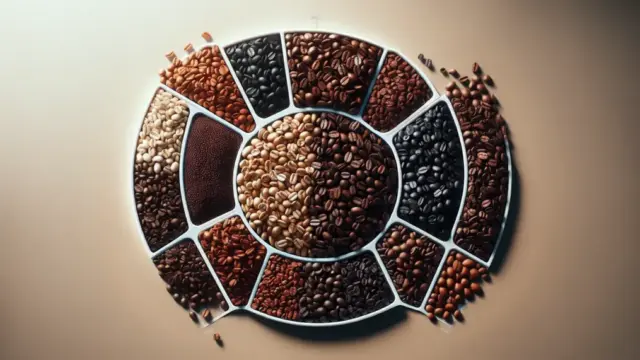





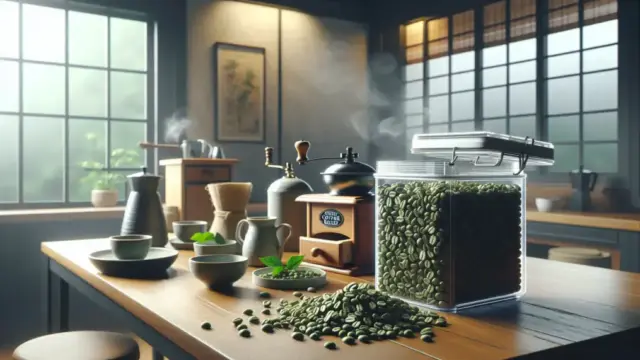








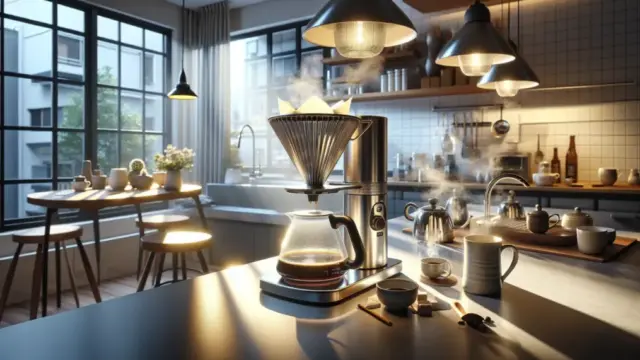













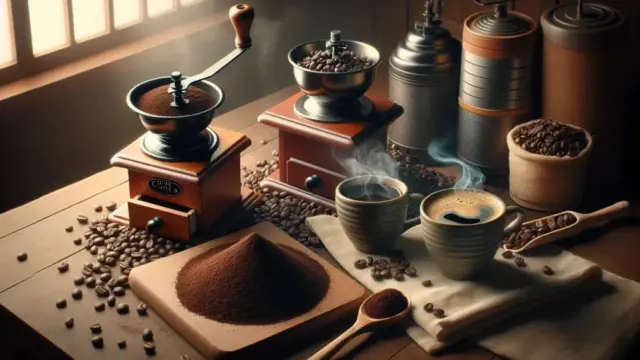








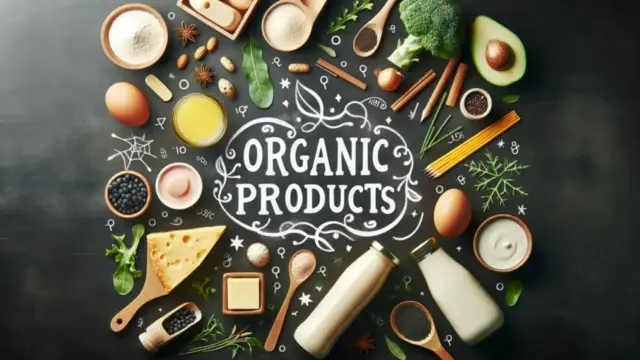



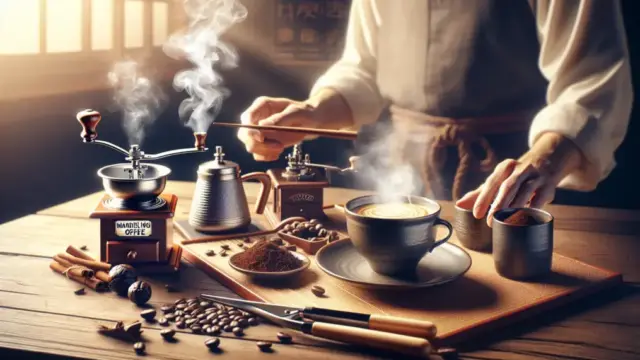













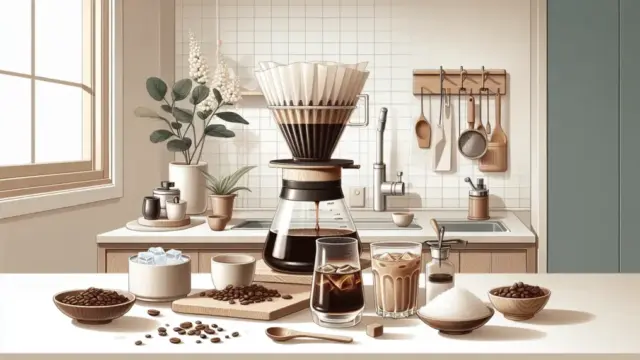

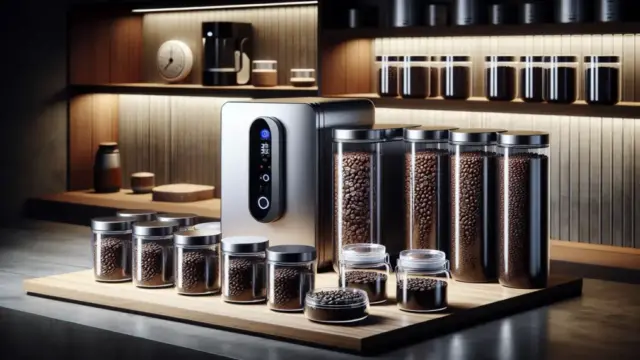



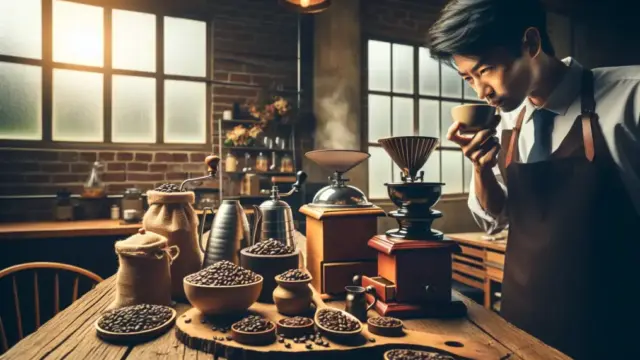

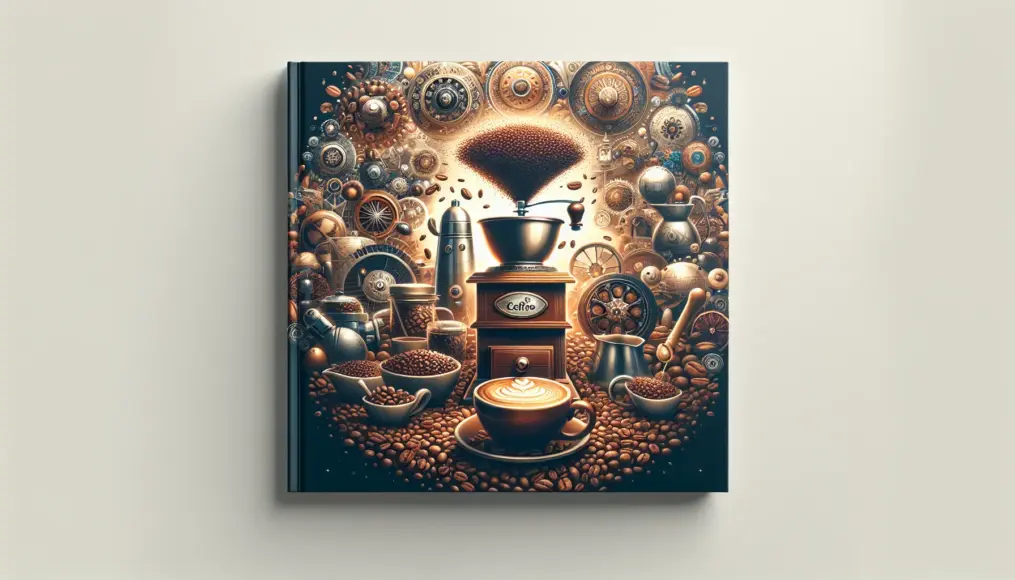

Comment